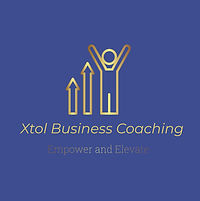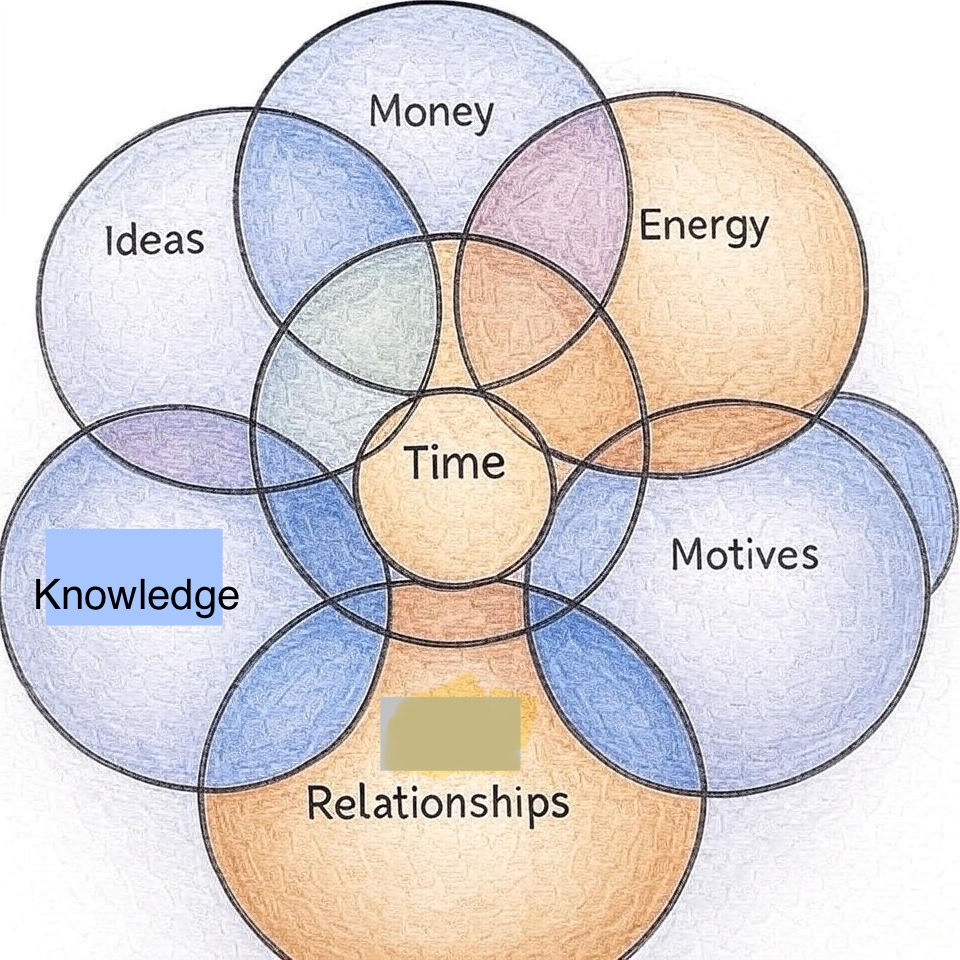How Great Leaders Inspire Action
- Greg Collins
- Jun 25
- 4 min read

I guess like a lot of Entrepreneur's we all look to others for ideas, inspiration or that elusive pot of gold piece of information that is going to transform our business, attitude or finances. I have been to numerous of self help and business seminars, have got from libraries or bought and read lots of self help books or autobiography's of famous business leaders looking for that nugget of information to propel my idea into the stratosphere. I will put some more up but this one I thought was particularly useful for someone at a crossroads wondering what their business has to offer.
Title of Talk: "How Great Leaders Inspire Action"
Speaker: Simon Sinek
The most successful and inspiring leaders and organisations don't communicate from the "what" to the "why," but rather from the "why" to the "what." People are inspired by a company's purpose and belief, not just its products or services.
I. Introduction to the "Golden Circle"
In his highly influential TED Talk, Simon Sinek introduces a simple yet profound framework for understanding inspirational leadership and communication: The Golden Circle. This concept is comprised of three concentric circles:
WHAT: The outermost circle. This is what every company or individual knows—what they do, what products they sell, or what services they offer. This is the most tangible and easily described part of their business.
HOW: The middle circle. This is how they do what they do—what makes them different or better than their competition. This includes their unique processes, proprietary technology, or value proposition.
WHY: The innermost circle. This is the core of the talk. It is the purpose, cause, or belief that drives an organisation or an individual. It's the reason the company exists, and it goes beyond making money.
Sinek argues that most companies and individuals communicate from the outside in—starting with "what" they do and maybe "how" they do it. This is a logical approach, but it doesn't inspire action.
II. The Power of "Why"
Sinek's central point is that all great and inspiring leaders and organizations, from Apple to Martin Luther King Jr., think, act, and communicate from the inside out, starting with the "why." They begin with their purpose, then move to their "how," and finally to their "what."
Example: Apple
Sinek masterfully uses Apple as a prime example. Most companies would market their products by saying, "We make great computers. They're beautifully designed, simple to use, and user-friendly. Want to buy one?" This is a logical, outside-in approach.
Apple, however, communicates differently. They start with their "why": "Everything we do, we believe in challenging the status quo. We believe in thinking differently." Then they explain their "how": "The way we challenge the status quo is by making our products beautifully designed, simple to use, and user-friendly." Finally, they get to their "what": "We just happen to make great computers."
This "inside-out" communication taps into a deeper level of human psychology. People don't buy "what" you do; they buy "why" you do it. This resonates with the customer's own beliefs and values, leading to a much stronger connection and loyalty.
III. The Biology of Decision-Making
Sinek explains the neurological basis for his theory. The Golden Circle maps directly onto the human brain:
WHAT: Corresponds to the neocortex, the part of our brain responsible for rational and analytical thought, language, and facts.
WHY: Corresponds to the limbic system, which is responsible for feelings like trust, loyalty, and all human behavior and decision-making.
When we communicate from the outside in (from the "what"), we are only talking to the neocortex, which can process facts but doesn't drive behaviour. However, when we communicate from the inside out (from the "why"), we are speaking directly to the limbic system, which controls decision-making. This is why a customer can see all the facts about a product (the "what") but still "go with their gut" when making a purchase.
IV. Case Studies and Counter-Examples
Sinek provides compelling case studies to support his claim. He compares Apple's success to its competitor, TiVo, which had a fantastic product (the "what") but failed to gain widespread adoption because it couldn't articulate its "why."
He also uses the examples of the Wright brothers and Martin Luther King Jr. The Wright brothers were not the only ones trying to invent a flying machine, but they were driven by a clear "why"—a profound belief in human flight. Similarly, Martin Luther King Jr. didn't have a specific plan, but a powerful "I have a dream" speech, which communicated his "why" and inspired millions to join a movement. People didn't follow him for his ideas on how to change legislation, they followed him because they believed what he believed.
V. Conclusion
Sinek concludes that the goal is not to do business with everyone who needs what you have; the goal is to do business with people who believe what you believe. Similarly, the goal of hiring is not just to find people who need a job, but to find people who believe in your "why."
It shifts the focus from selling a product to sharing a purpose, demonstrating that true inspiration comes from a clear sense of "why." It is a powerful reminder that "people don't buy what you do; they buy why you do it."





Comments